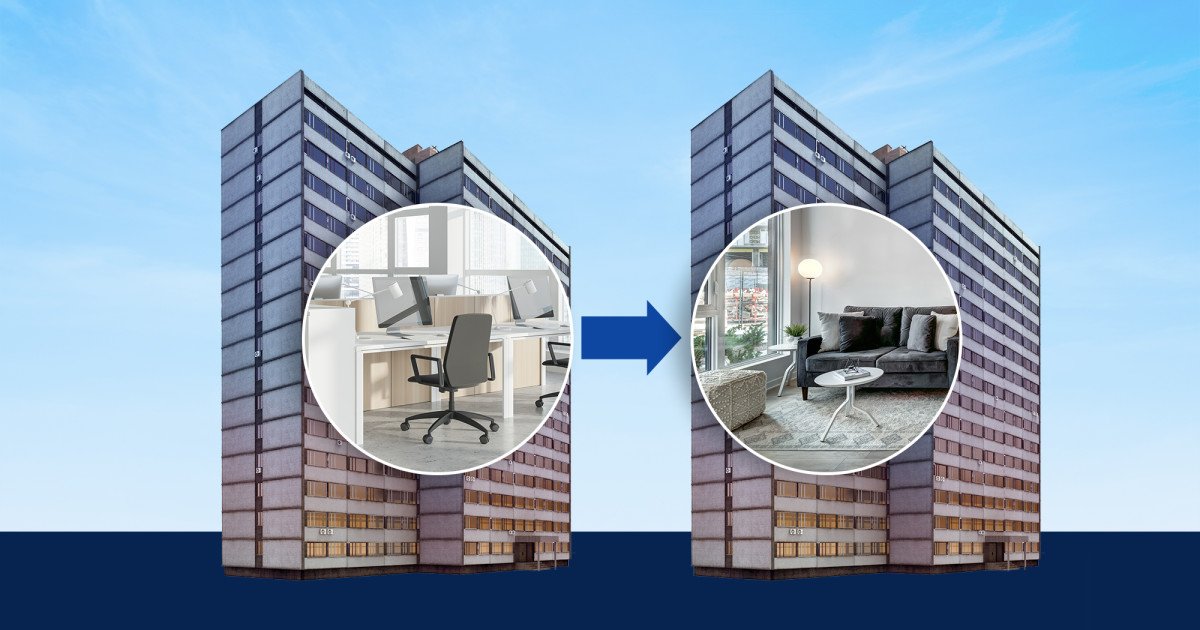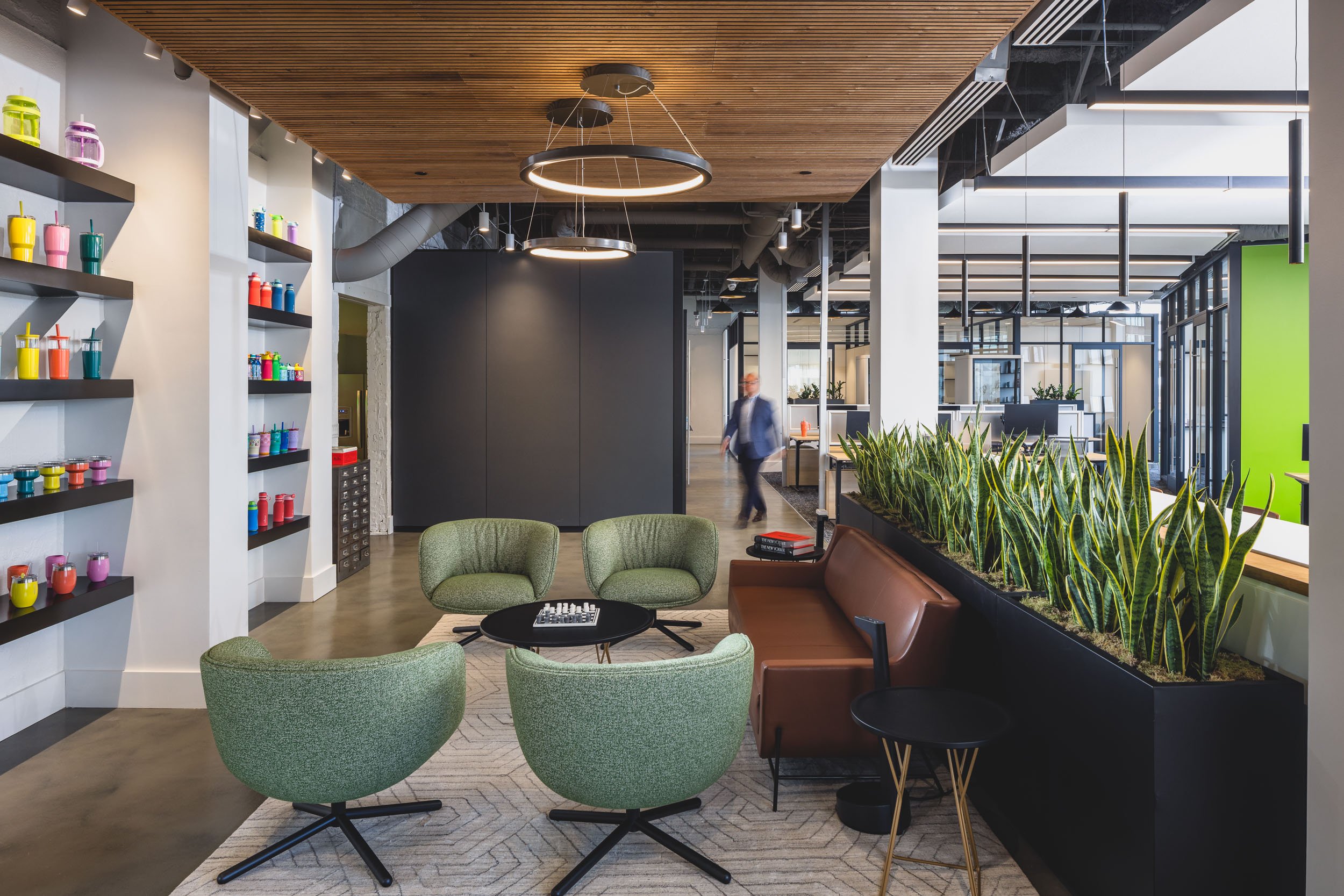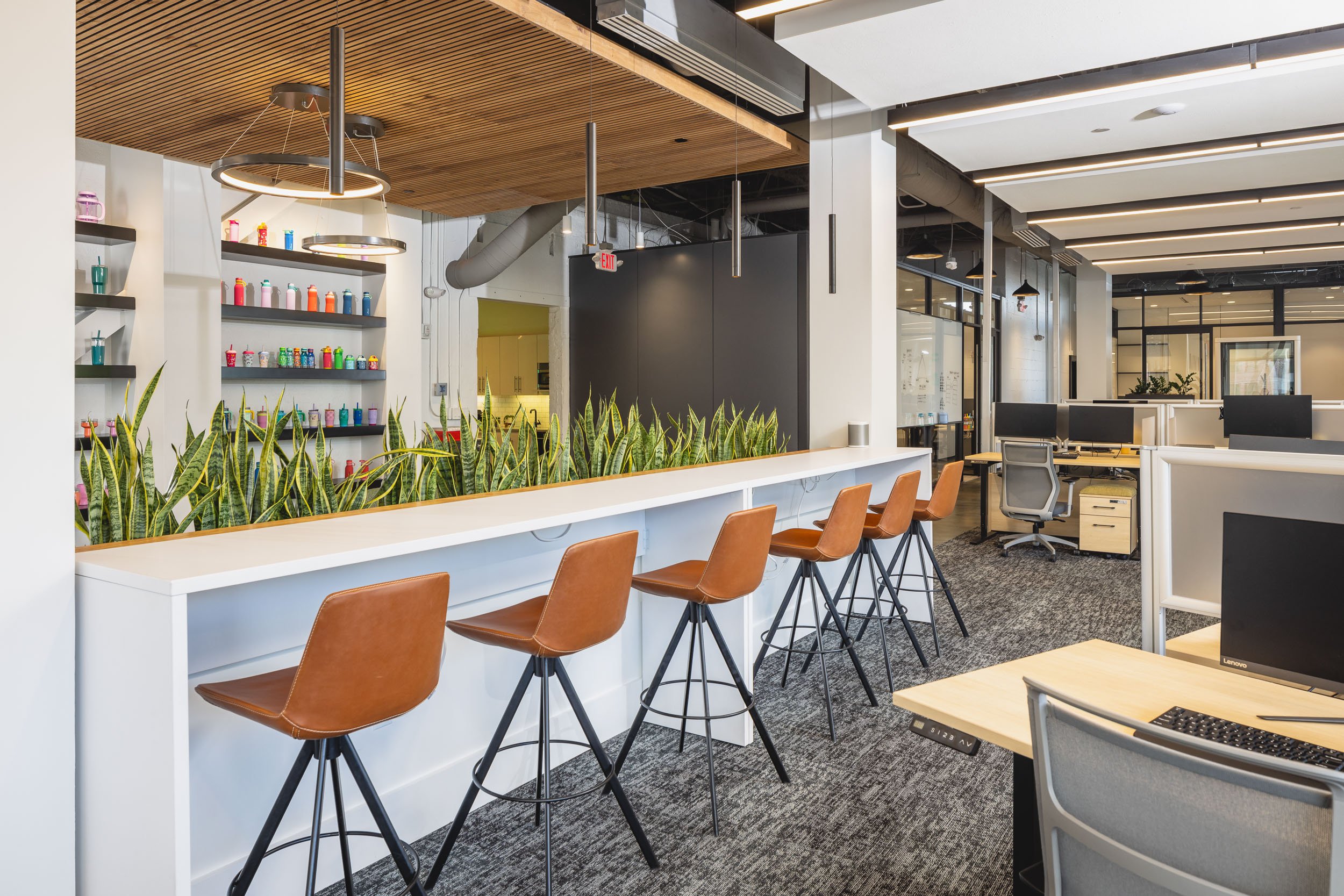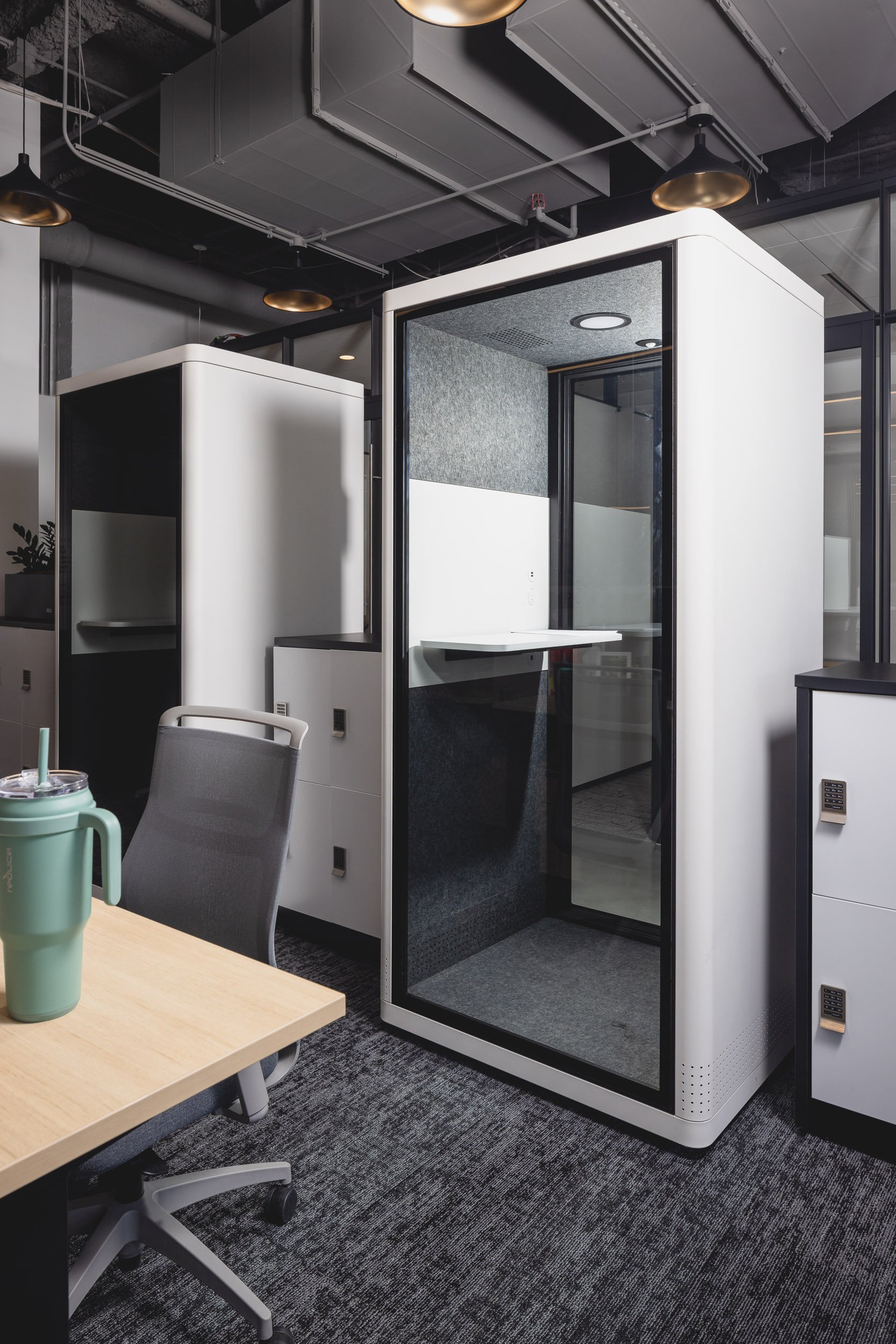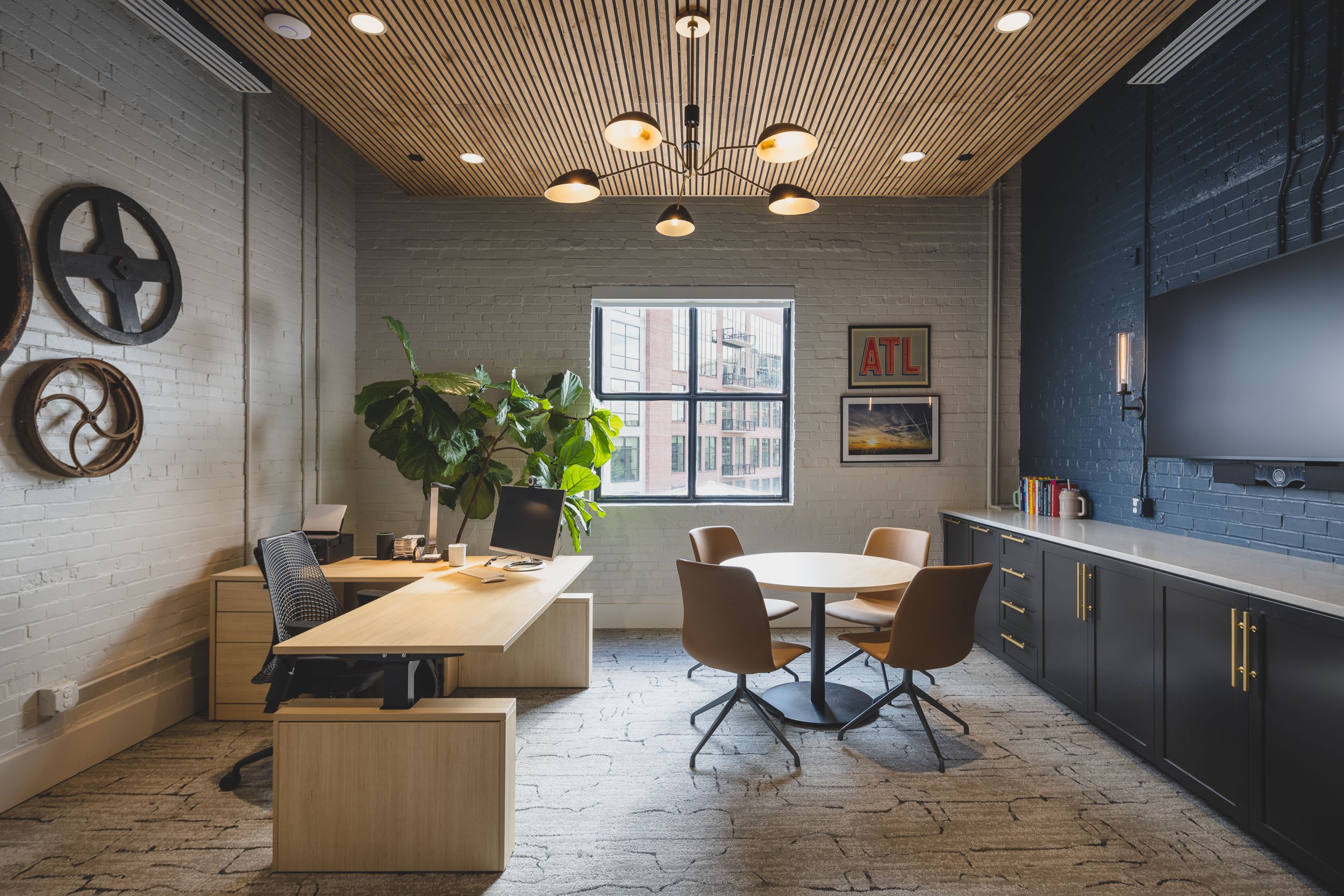Is the workplace dead? how the work model is affecting real estate
In a world where change is in constant motion, the traditional workplace concept is still being challenged. The rise of remote work and hybrid work models has led to a significant shift in how organizations view their office spaces and is forcing them to evaluate their spaces more frequently. This shift has profoundly impacted the real estate market, particularly regarding the rise of office-to-residential conversions and the repurposing of commercial spaces.
The post-pandemic work model has accelerated the adoption of remote work, leading many organizations to reconsider their need for physical office space. Some companies opt for a hybrid model, where employees split their time between working from home and coming into the office a few days a week. Others opt to downsize, realizing they don't need as much space if they allow employees to work from home. For instance, some tech giants have announced permanent remote work options for employees. This has led to increased vacancy rates in major cities, with vacancy estimates ranging from 15% to 20%. A prime example is Manhattan, once active with office activity, now seeing an increase in available office spaces as companies rethink their space requirements.
The shift towards remote and hybrid work has significant implications for real estate. With less demand for office space, there has been an increase in the availability of commercial properties, particularly older B and C-class buildings. These buildings, often built in the 70s and 80s, are seeing long-term tenants move out in favor of newer or repositioned spaces. The reasons behind this shift in preference for newer spaces include modern amenities, proximity to transit stations, and the desire for more energy-efficient and sustainable buildings. Newer office spaces often incorporate features like advanced HVAC systems, eco-friendly designs, and integrated technology that align with the changing needs of the workforce.
A potential solution to this growing vacancy problem is repurposing office space for residential use. Converting offices into housing could help address housing shortages in many cities and contribute to sustainability efforts by reducing carbon emissions. This trend has gained momentum in cities like New York and San Francisco, where repurposed office buildings provide much-needed housing options.
However, such conversions are not without challenges. Only 25% of commercial buildings have the right "bones" for residential conversion. Factors such as window depth, building size, and zoning regulations can limit the number of units created. Nonetheless, the potential benefits, both in terms of housing availability and environmental impact, make this an attractive option for urban planners and developers.
Despite these challenges, it's clear that our cities and workplaces are evolving. Downtowns are not going away; they're simply changing. They're becoming places where people can walk to work and enjoy nearby neighborhood staples like bars and restaurants. This shift towards mixed-use urban development creates vibrant, livable city centers catering to residents and employees.
Is there a silver lining to this office vacancy doom and gloom talk? Yes! The silver lining is that smaller companies now have access to high-end spaces at more affordable prices. This presents an opportunity for us, Corporate Environments, to help design beautiful and functional workplaces for your company. Smaller organizations can now compete for prime office locations that were once dominated by larger corporations.
The workplace isn't dead; it's just changing. As we navigate this new landscape, it's crucial to consider how these changes will impact how we work, our cities, and our planet. The hybrid work model presents challenges and opportunities - we must make the most of them. Adapting to this evolving work environment requires creativity, flexibility, and a forward-thinking approach, both in the real estate industry and the needs of employees.


